Home>Garden Essentials>When To Plant Yarrow Seeds


Garden Essentials
When To Plant Yarrow Seeds
Modified: March 15, 2024
Discover the best time to plant yarrow seeds in your garden. Learn valuable tips and techniques for successful gardening with yarrow.
(Many of the links in this article redirect to a specific reviewed product. Your purchase of these products through affiliate links helps to generate commission for Storables.com, at no extra cost. Learn more)
Introduction
Welcome to the world of gardening! If you have a passion for beautiful flowers and a desire to create a vibrant and colorful garden, yarrow seeds are a fantastic addition to your collection. Yarrow, scientifically known as Achillea, is a flowering plant that blooms with clusters of tiny, delicate flowers in a variety of colors, including white, yellow, pink, and purple.
Before embarking on your yarrow planting journey, it’s important to understand the factors that contribute to successful growth. This article will guide you through the process of when and how to plant yarrow seeds, including the optimum time for planting, soil preparation, caring for seedlings, and common mistakes to avoid.
Yarrow seeds can be planted in various climate zones, making them a versatile choice for gardeners across different regions. Whether you’re a beginner or an experienced gardener, this guide will equip you with the knowledge and tips you need to cultivate a thriving yarrow garden.
So let’s dive in and discover the secrets of planting yarrow seeds to bring life and beauty to your garden!
Key Takeaways:
- Plant yarrow seeds in spring for best results, ensuring they receive ample sunlight and well-draining soil. Consider indoor starting in regions with short growing seasons.
- Harvest yarrow seeds after flowers dry, store in a labeled container, and share with fellow gardeners to preserve biodiversity and continue growing beautiful plants.
Read more: How Many Days For Yarrow To Germinate
Factors to Consider Before Planting Yarrow Seeds
Before you get your hands dirty and start planting yarrow seeds, it’s important to consider a few key factors to ensure successful growth and vibrant blooms.
1. Sunlight: Yarrow is a sun-loving plant and requires at least 6 to 8 hours of direct sunlight daily. Ensure that the area you choose for planting yarrow seeds receives ample sunlight throughout the day.
2. Soil Conditions: Yarrow thrives in well-draining soil. It can tolerate a wide range of soil types, including sandy, loamy, and clay soils. However, the soil should not be waterlogged or overly compacted. Before planting yarrow seeds, it’s essential to improve soil drainage by adding organic matter, such as compost or aged manure.
3. Watering: Yarrow is a drought-tolerant plant once it is established. However, during the initial stages of growth, yarrow seeds require regular watering to help them germinate. Be mindful to water the seeds consistently, making sure not to overwater and cause waterlogging.
4. Hardiness Zone: Yarrow is a perennial plant and can grow in different hardiness zones. Determine your hardiness zone and ensure that yarrow is suitable for your region’s climate before planting the seeds. This information can be found on the USDA Plant Hardiness Zone map.
5. Pest and Disease Resistance: Yarrow is known for its resilience against pests and diseases. However, it’s still important to be aware of any prevalent pests or diseases in your area and take preventive measures to protect your yarrow plants.
6. Companion Planting: Yarrow has many benefits when grown alongside other plants. It acts as a natural pest repellent and attracts beneficial insects such as ladybugs, bees, and butterflies. Consider companion planting yarrow with vegetables, herbs, or other flowering plants to create a symbiotic ecosystem in your garden.
By considering these factors, you will set the stage for successful yarrow cultivation. Now that you understand what to keep in mind, let’s move on to the optimal time for planting yarrow seeds.
Choosing the Right Time for Planting Yarrow Seeds
Timing is crucial when it comes to planting yarrow seeds. The ideal time for planting yarrow seeds depends on your climate and the specific variety of yarrow you are growing. However, there are some general guidelines to help you determine the best time for sowing your yarrow seeds.
Spring Planting: In most regions, spring is the optimal time to plant yarrow seeds. As the temperatures rise and the threat of frost subsides, the soil becomes warm enough for the seeds to germinate and the young plants to establish themselves. Aim to plant yarrow seeds in early to mid-spring, while ensuring that the soil is workable and not waterlogged from recent precipitation.
Fall Planting: In areas with mild winters, yarrow seeds can also be planted in the fall. Late summer to early fall is an ideal time for sowing, as the cooler temperatures allow the seeds to establish before winter sets in. Fall-planted yarrow seeds will typically remain dormant during the winter months and start growing vigorously once spring arrives.
Indoor Seed Starting: If you live in a region with a short growing season or unpredictable weather, you can start yarrow seeds indoors 6 to 8 weeks before the last expected frost. Use seed trays or pots filled with a well-draining seed-starting mix. Keep the soil moist but not waterlogged, and provide sufficient light and warmth for germination. Transplant the seedlings outdoors once the threat of frost has passed and the soil has warmed up.
Remember to check the specific recommendations for the yarrow variety you are growing, as some may have unique requirements or preferences when it comes to planting times. Also, consider your local climate, as regional variations can impact the best time for planting yarrow seeds.
Now that you know the right time to plant yarrow seeds, let’s move on to preparing the soil to ensure optimal conditions for germination and growth.
Preparing the Soil for Yarrow Seed Planting
Proper soil preparation is crucial for the successful growth of yarrow seeds. By creating the right foundation, you can provide the seeds with the ideal conditions to germinate and develop into healthy plants. Follow these steps to prepare your soil for yarrow seed planting:
1. Clear the Area: Start by removing any weeds, rocks, or debris from the planting area. This will help reduce competition for nutrients and give the yarrow seeds a clean space to grow.
2. Loosen the Soil: Yarrow thrives in well-draining soil. Use a garden fork or tiller to loosen the top few inches of soil. This will improve aeration, water infiltration, and root penetration.
3. Amend the Soil: Yarrow appreciates fertile soil rich in organic matter. Incorporate compost, aged manure, or other organic amendments into the soil to enhance its fertility. These organic materials will improve the soil’s structure, nutrient content, and moisture-retaining capacity.
4. Adjust the pH: Yarrow prefers slightly alkaline soil with a pH ranging from 6.0 to 7.5. Test the pH of your soil using a soil testing kit, and adjust it if necessary. If the soil is too acidic, add dolomitic lime to raise the pH. If it is too alkaline, sulfur or peat moss can be added to lower the pH.
5. Level the Soil: Once you’ve amended the soil, use a rake or garden tool to level the surface. This will ensure even planting and watering, helping the yarrow seeds germinate uniformly.
6. Water the Soil: Before planting the yarrow seeds, water the soil thoroughly. This ensures that the moisture is evenly distributed and encourages seed germination.
By following these soil preparation steps, you will create an optimal environment for yarrow seed germination and establish a strong foundation for healthy plant growth. Now, let’s move on to the specific considerations for planting yarrow seeds in different climate zones.
Planting Yarrow Seeds in Different Climate Zones
Yarrow is a versatile plant that can be grown in various climate zones, making it accessible to gardeners across different regions. However, it’s essential to understand the specific considerations for planting yarrow seeds in your particular climate zone to ensure successful growth and abundant blooms.
1. Warm Climate Zones: If you live in a warm climate zone with long, hot summers and mild winters, such as USDA Zones 8-10, yarrow seeds can be planted in either spring or fall. Ensure that the soil temperature is warm enough for germination, and water regularly to prevent the seeds from drying out during the hot summer months.
2. Temperate Climate Zones: In temperate climate zones with moderate summers and mild winters, such as USDA Zones 6-7, spring is the ideal time to plant yarrow seeds. The mild temperatures and ample rainfall during this season provide optimal conditions for seed germination and establishment. Avoid planting yarrow seeds too late in the season, as this may not allow the plants enough time to develop before the first frost.
3. Cold Climate Zones: If you reside in a cold climate zone with short growing seasons and harsh winters, such as USDA Zones 3-5, it’s recommended to start yarrow seeds indoors before the last expected frost. This allows the seeds to germinate and grow into healthy seedlings that can be transplanted outdoors once the threat of frost has passed.
4. Mediterranean Climate Zones: In Mediterranean climate zones characterized by hot, dry summers and cool, wet winters, like those found in USDA Zones 9-11, yarrow seeds can be planted in spring. However, regular watering is crucial during the dry summer months to keep the soil consistently moist and promote healthy growth.
5. High Altitude or Mountainous Zones: In high altitude or mountainous regions with colder climates, such as USDA Zones 4-7, it’s best to start yarrow seeds indoors or purchase established seedlings from a nursery. This helps to ensure a longer growing season and provides the plants with a better chance of survival in challenging conditions.
Remember to consider the specific microclimates within your region as well, as these can significantly impact the local growing conditions. By adapting your planting strategy to your climate zone, you can maximize the chances of successful yarrow growth and enjoy a stunning display of blooms in your garden.
Now that you’re aware of the considerations for planting yarrow seeds in different climate zones, let’s explore how to care for your yarrow seedlings to ensure their healthy development.
Plant yarrow seeds in the spring or fall, when the soil is moist and temperatures are mild. Yarrow prefers well-drained soil and full sun. Keep the soil consistently moist until the seeds germinate.
Read more: When To Plant Strawflower Seeds
Caring for Yarrow Seedlings
Once your yarrow seeds have germinated and the seedlings are starting to grow, it’s important to provide proper care to ensure their healthy development. Here are some essential tips for caring for yarrow seedlings:
1. Watering: Yarrow seedlings require consistent moisture during their early stages of growth. Water the seedlings regularly, keeping the soil evenly moist but not waterlogged. Avoid overwatering, as this can lead to root rot. As the seedlings mature, they will become more tolerant of drought conditions.
2. Thinning: If you have planted multiple seeds in the same area, thin out the weaker seedlings to provide more space and resources for the stronger ones. This will help prevent overcrowding and allow each seedling to grow and thrive.
3. Mulching: Apply a layer of organic mulch around the base of the yarrow seedlings to help retain moisture, suppress weed growth, and regulate soil temperature. Use materials like straw, shredded bark, or compost. Keep the mulch a few inches away from the stem to prevent stem rot.
4. Fertilization: Yarrow seedlings usually don’t require excessive fertilization. However, you can provide a light application of balanced organic fertilizer once or twice during the growing season to support their growth. Follow the fertilizer package instructions for proper dosage and application techniques.
5. Pruning: As the yarrow seedlings grow, it’s beneficial to pinch back the stem tips to encourage bushier and more compact growth. This will result in more flowers and a neater appearance. Additionally, remove any yellow or diseased leaves to maintain the overall health of the plants.
6. Pest and Disease Control: Yarrow is generally resistant to pests and diseases. However, keep an eye out for common garden pests such as aphids or spider mites. If necessary, use organic pest control methods, such as insecticidal soaps or neem oil, to manage pest infestations. Remove any infected or damaged leaves promptly to prevent the spread of diseases.
7. Support and Staking: In regions with strong winds or heavy rain, consider providing support or staking for taller yarrow varieties to prevent them from bending or breaking. Use bamboo stakes or plant supports and gently secure the stems with twine or plant ties as needed.
By following these care practices, you will provide optimal conditions for your yarrow seedlings to thrive and develop into mature plants. The next section will highlight some common mistakes to avoid when planting yarrow seeds, ensuring a successful gardening experience.
Common Mistakes to Avoid When Planting Yarrow Seeds
Planting yarrow seeds can be a rewarding experience, but it’s important to be aware of common mistakes that can hinder the growth and health of your plants. By avoiding these pitfalls, you can increase the chances of success and enjoy a flourishing yarrow garden. Here are some common mistakes to avoid:
1. Planting in Poorly Draining Soil: Yarrow prefers well-draining soil. Avoid planting yarrow seeds in heavy clay or compacted soil that retains water. Poor drainage can lead to root rot and other fungal diseases. Improve soil drainage by adding organic matter, such as compost, to the soil before planting.
2. Overwatering: While yarrow seeds need regular watering to germinate, overwatering can be detrimental to their growth. Excess moisture can suffocate the roots and promote the development of fungal diseases. Water yarrow seedlings judiciously, allowing the soil to dry out slightly between watering to prevent root rot.
3. Planting in Full Shade: Yarrow is a sun-loving plant and thrives in full sunlight. Avoid planting yarrow seeds in areas that receive little to no direct sunlight. Insufficient sunlight can cause weak growth and fewer blooms. Choose a planting site that receives at least 6 to 8 hours of direct sunlight daily.
4. Skipping Soil Preparation: Proper soil preparation is crucial for healthy yarrow growth. Skipping soil preparation steps, such as clearing debris, amending the soil, and adjusting the pH, can result in poor growth, nutrient deficiencies, and stunted plants. Take the time to prepare the soil adequately before planting yarrow seeds.
5. Planting at the Wrong Time: Timing is key when it comes to planting yarrow seeds. Planting too early or too late in the season can impact the growth and vigor of the plants. Follow the recommended planting times for your specific climate zone and the variety of yarrow you are growing.
6. Ignoring Pests and Diseases: While yarrow is relatively resilient against pests and diseases, it’s important to monitor your plants for any signs of trouble. Ignoring pest infestations or disease outbreaks can lead to significant damage and even the death of your yarrow plants. Take prompt action if you notice pests or diseases, using organic pest control methods or seeking professional advice if necessary.
7. Failing to Divide and Thin: Over time, yarrow can become crowded and congested. Failing to divide and thin out the plants can lead to competition for resources and poor growth. Periodically divide overcrowded yarrow clumps and thin out the weaker plants to give each one ample space to thrive.
By avoiding these common mistakes, you can set your yarrow plants up for success and enjoy the beauty of their blooms throughout the growing season. Now, let’s move on to harvesting yarrow seeds and how to collect them effectively.
Harvesting Yarrow Seeds
Harvesting yarrow seeds is an exciting and rewarding process that allows you to save and propagate your own plants for future growth. Yarrow seeds are typically ready for harvest once the flowers have bloomed and dried on the plant. Here’s a step-by-step guide on how to harvest yarrow seeds effectively:
1. Wait for the Right Time: Allow the yarrow flowers to fully bloom and then fade and dry naturally on the plant. The seeds are ready for harvest when the flower heads turn brown and the seeds become dry and hard.
2. Choose a Dry Day: Opt for a dry day to harvest yarrow seeds. Moisture can cause the seeds to clump together or lead to mold formation during storage.
3. Prepare a Container: Get a clean and dry container ready to collect the harvested yarrow seeds. A small paper bag or an envelope works well for this purpose. Make sure the container is labeled with the date and variety of the yarrow seeds collected.
4. Collect the Seeds: Gently shake the dried yarrow flower heads over the container to release the seeds. You may need to rub the flower heads between your fingers to loosen the seeds. Be careful not to damage the seeds in the process.
5. Remove Debris: After collecting the seeds, examine them and remove any debris or plant matter that may have ended up in the container. This will help ensure that only clean and viable seeds are stored.
6. Store the Seeds: Transfer the cleaned yarrow seeds into a small, airtight container or a seed packet. Store them in a cool, dry, and dark place until you are ready to sow or share them with other gardeners.
7. Label and Record: Don’t forget to label your seed container or packet with the variety of yarrow seeds and the date harvested. It’s also helpful to keep a gardening journal or record the details in a notebook to track your seed-saving efforts.
8. Share and Exchange: If you have an abundance of yarrow seeds, consider sharing them with fellow gardeners or participating in seed exchanges. This allows you to expand your plant collection and contribute to the preservation of biodiversity in gardens.
By following these steps, you can successfully harvest yarrow seeds and continue growing these beautiful plants year after year. Experiment with different methods and techniques to find what works best for you. Happy harvesting!
Now, let’s conclude this article and summarize the key points covered throughout.
Conclusion
In conclusion, planting yarrow seeds is a rewarding and enjoyable endeavor that can add beauty, color, and diversity to your garden. By considering important factors such as sunlight, soil conditions, watering, and climate zones, you can create an ideal environment for successful growth. Proper soil preparation, including clearing the area, improving drainage, and adjusting the pH, is crucial for establishing a solid foundation for your yarrow plants.
Choosing the right time for planting yarrow seeds is essential, and it varies depending on your climate zone. Spring is generally the optimal time, but fall or indoor seed starting can be viable options in certain regions. Caring for yarrow seedlings involves regular watering, thinning, mulching, and providing support as needed. Avoiding common mistakes like planting in poorly draining soil, overwatering, neglecting pests and diseases, and failing to divide and thin out plants can all contribute to successful yarrow growth.
When the time comes, harvesting yarrow seeds allows you to preserve the plants and propagate them for future seasons. Collecting the seeds when the flowers have dried, using a dry day, and ensuring proper storage conditions will help maintain the viability of the seeds. Don’t forget to label your containers and consider sharing or exchanging seeds with other gardeners to further contribute to the gardening community.
By following these guidelines and bringing your passion and love for gardening into the process, you can enjoy a vibrant and flourishing yarrow garden. Whether you are a beginner or an experienced gardener, yarrow is a versatile plant that can add a touch of beauty to any landscape.
So, get ready to sow those yarrow seeds, embrace the wonders of nature, and watch your garden come to life with the delicate, charming flowers of this stunning plant. Happy planting!
Frequently Asked Questions about When To Plant Yarrow Seeds
Was this page helpful?
At Storables.com, we guarantee accurate and reliable information. Our content, validated by Expert Board Contributors, is crafted following stringent Editorial Policies. We're committed to providing you with well-researched, expert-backed insights for all your informational needs.
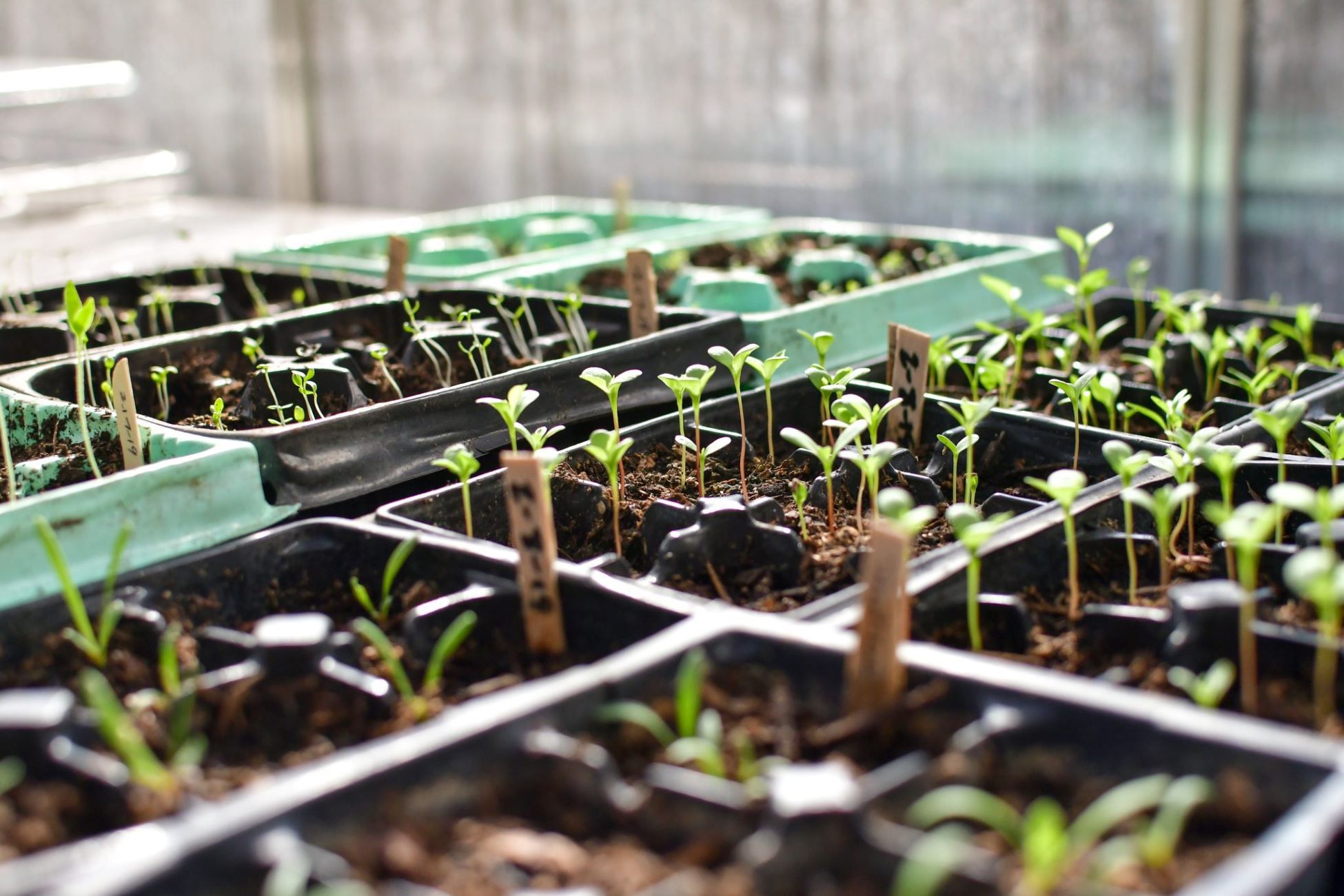
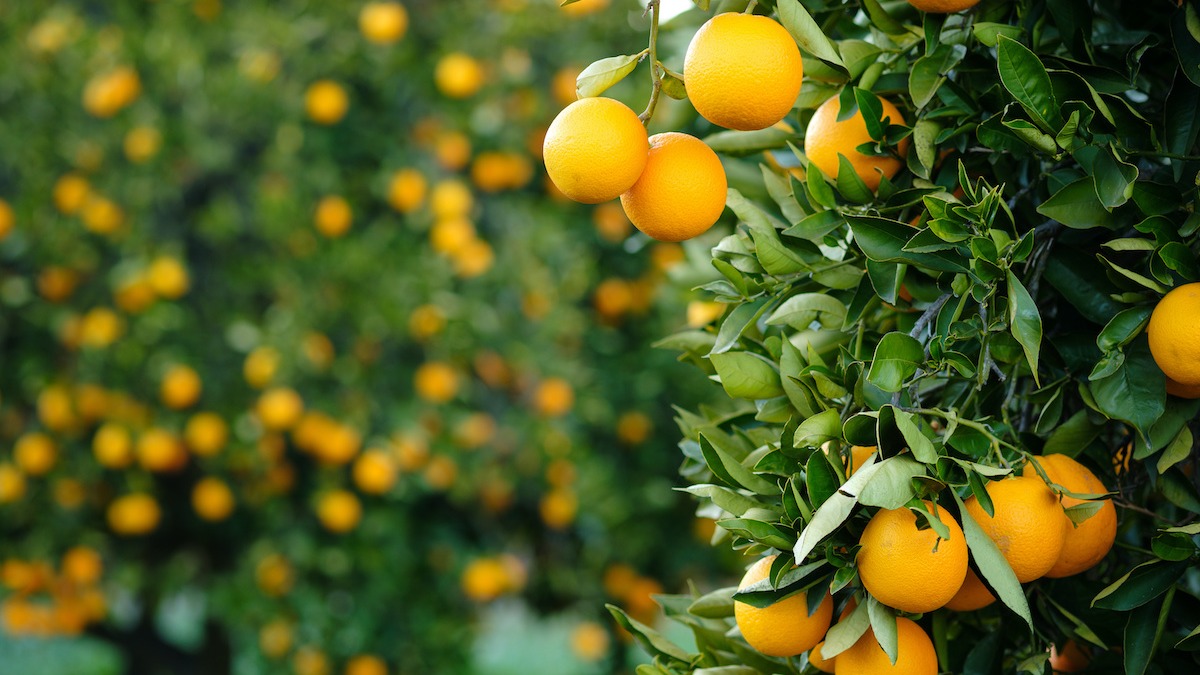
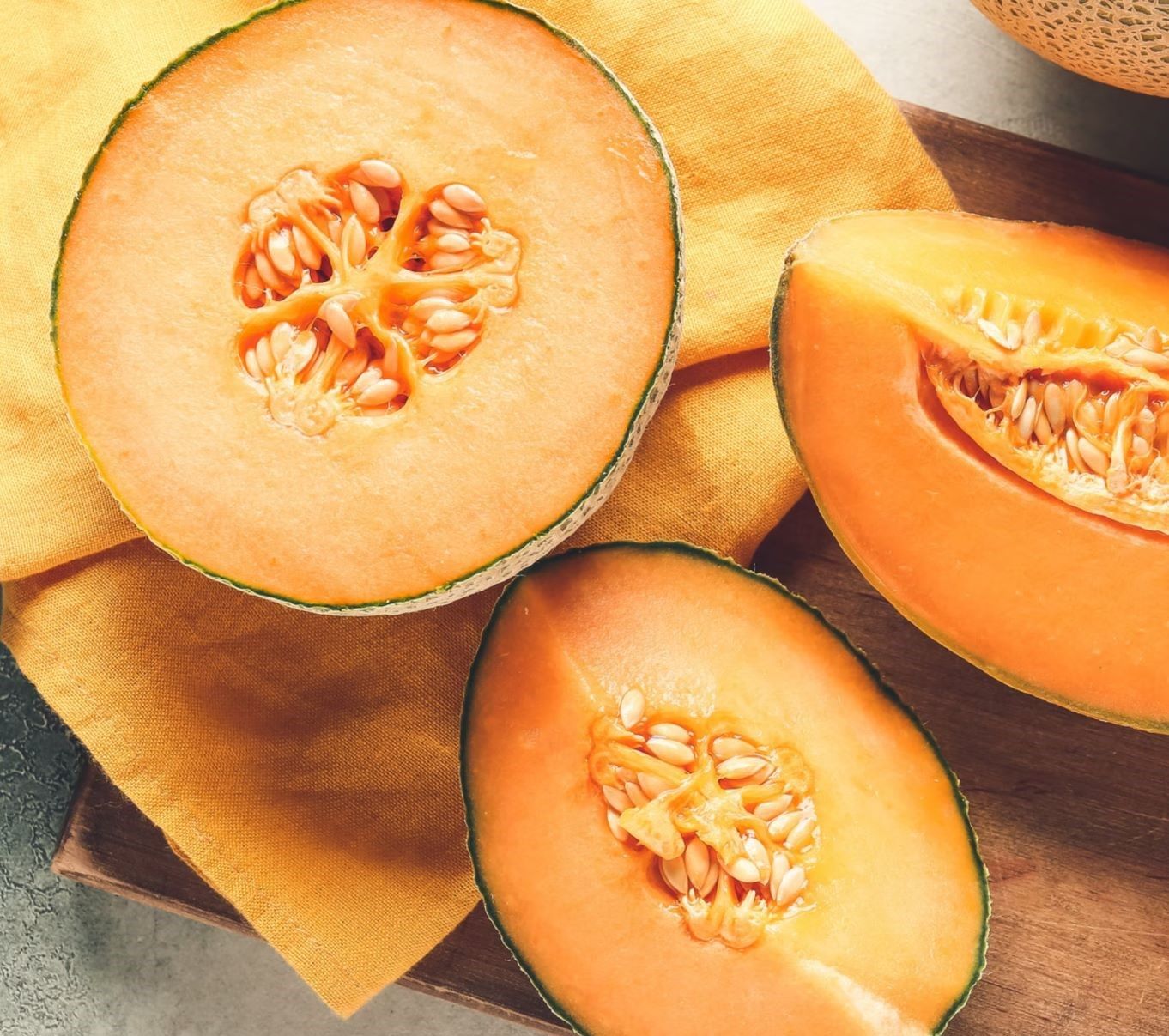
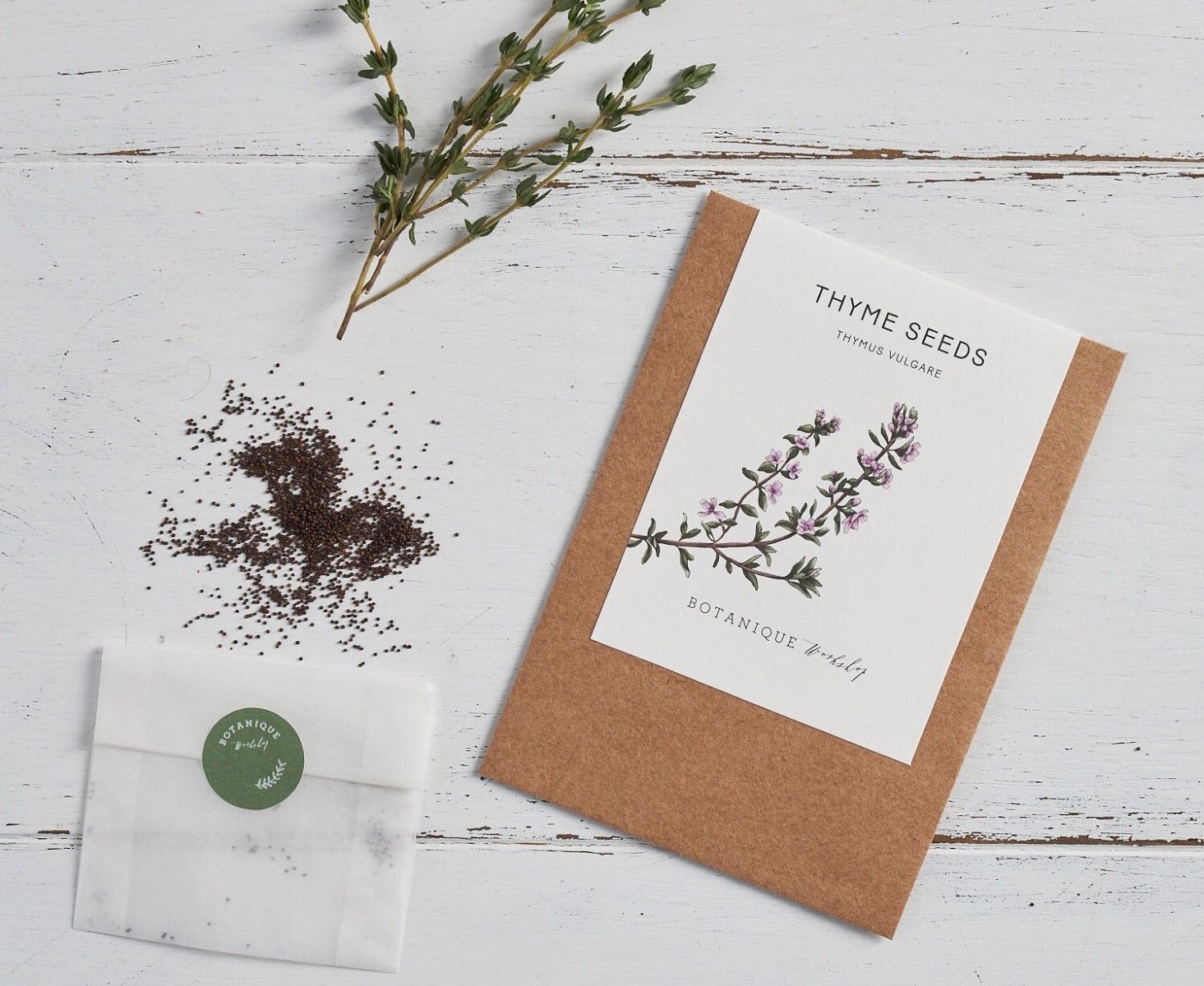
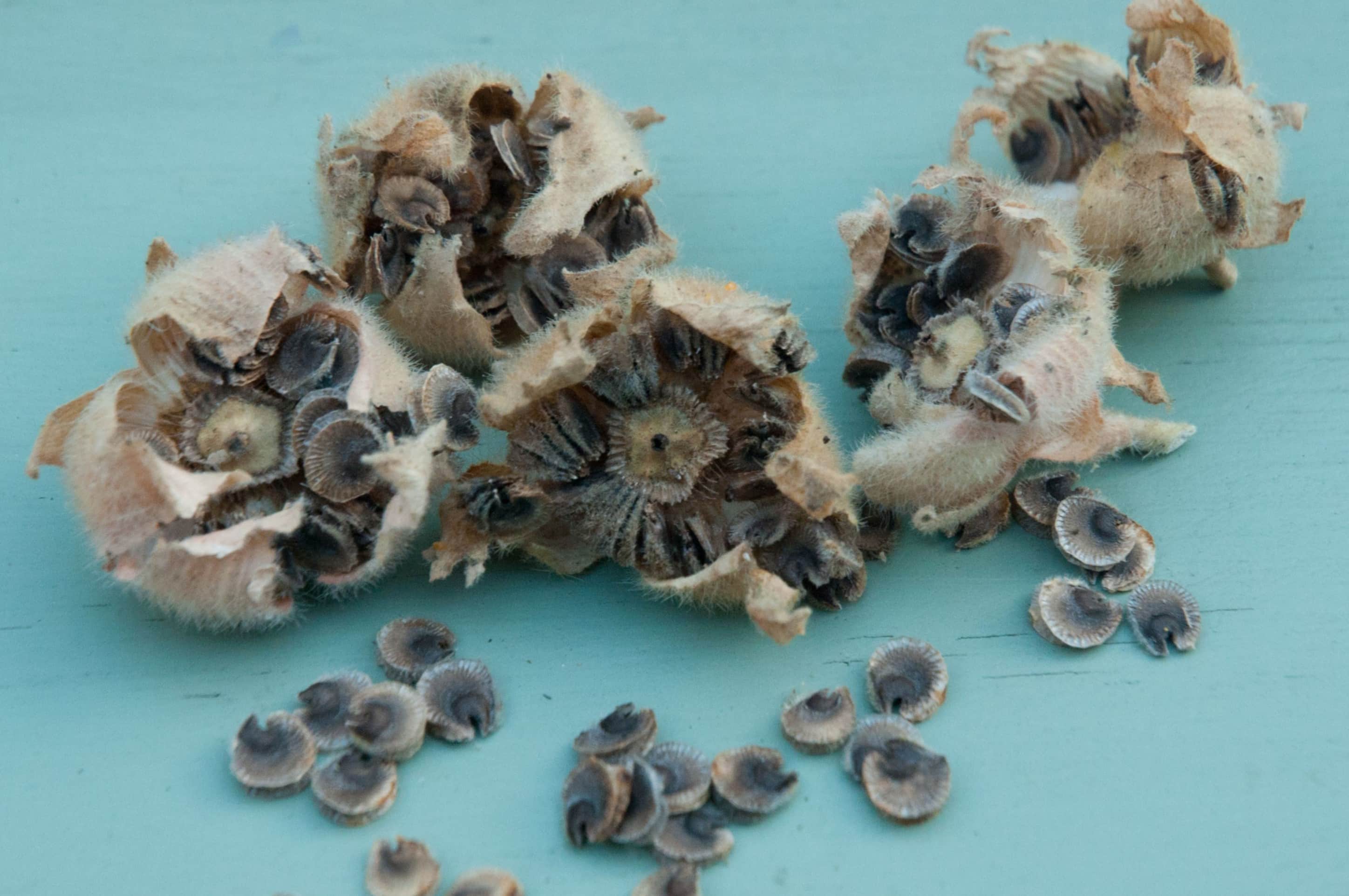
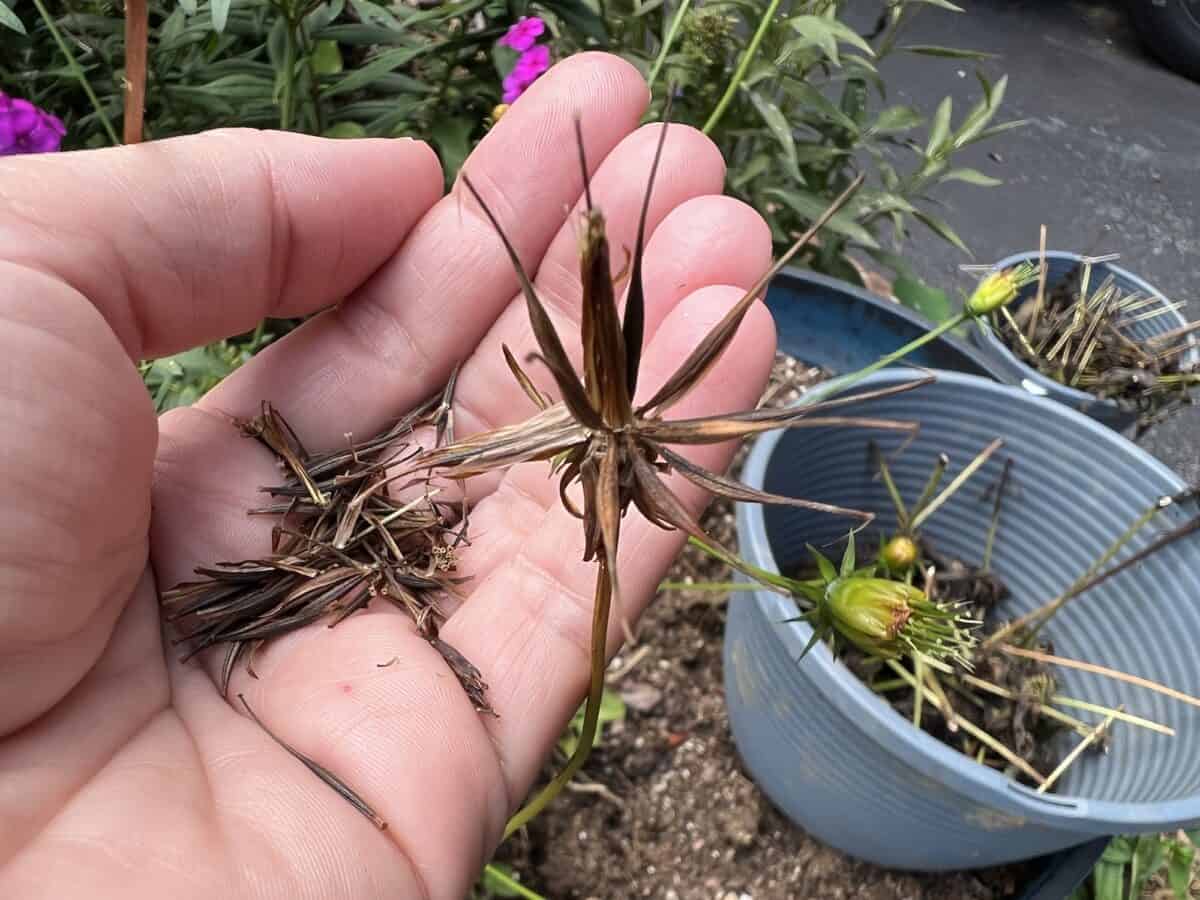
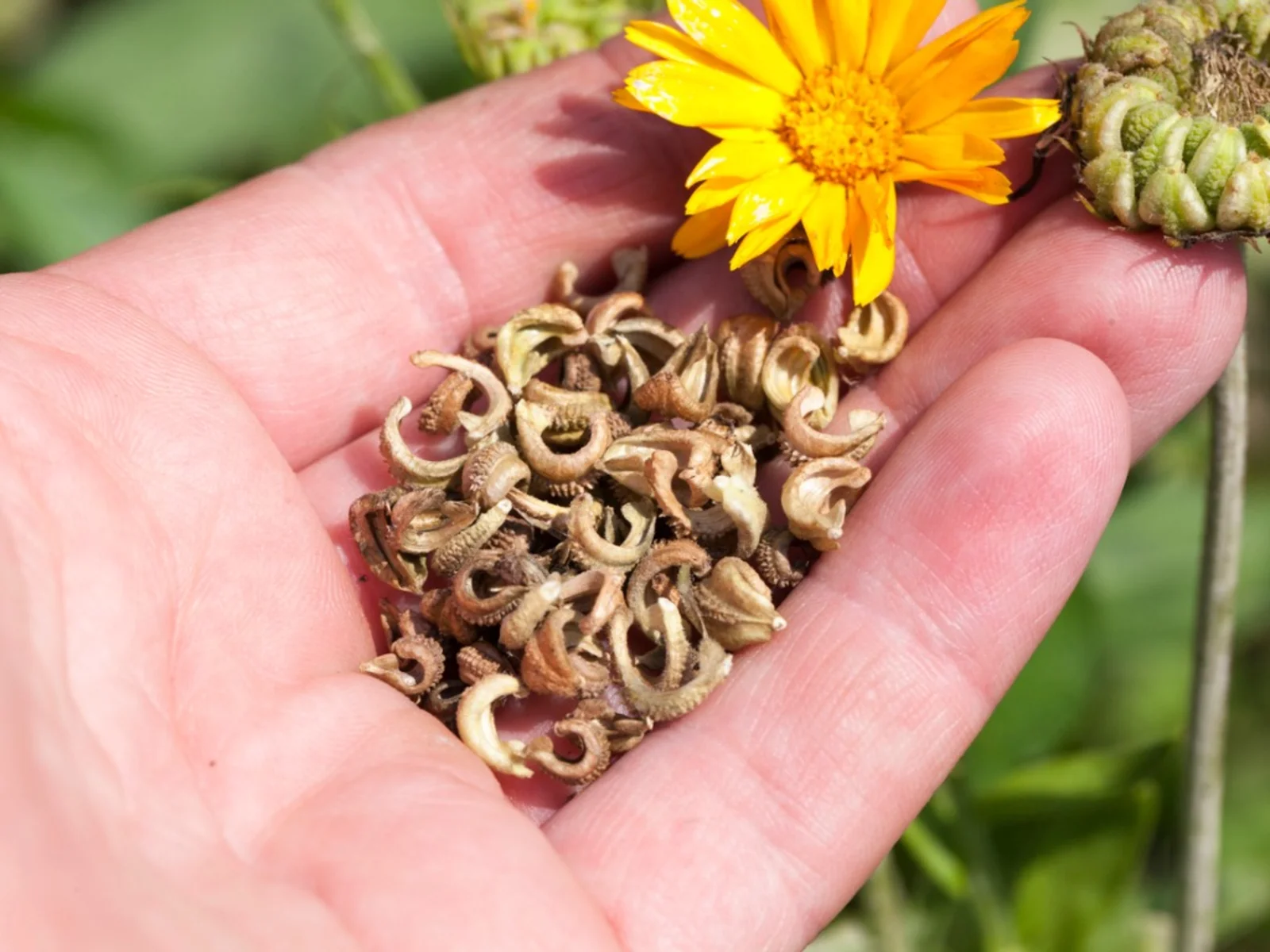
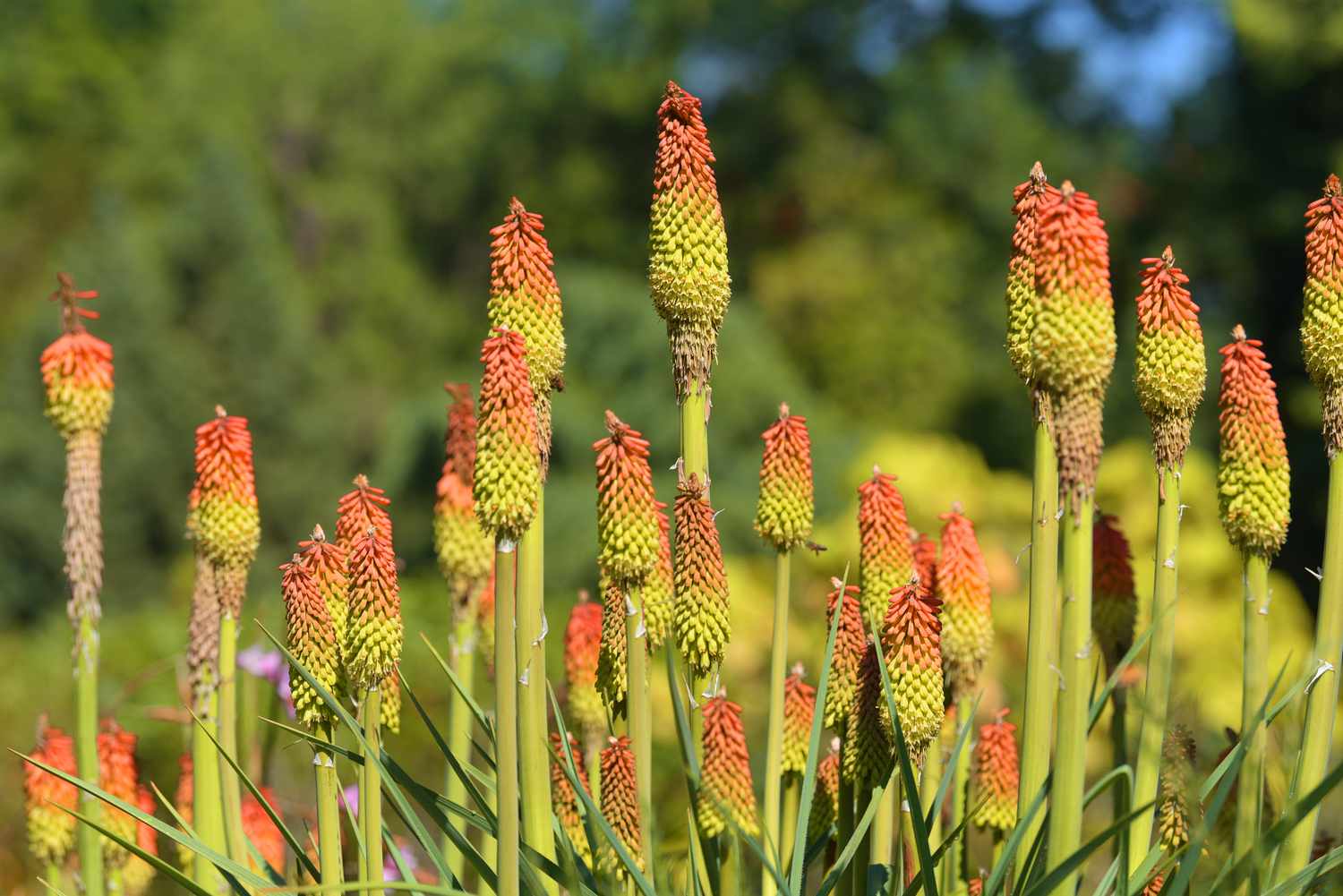
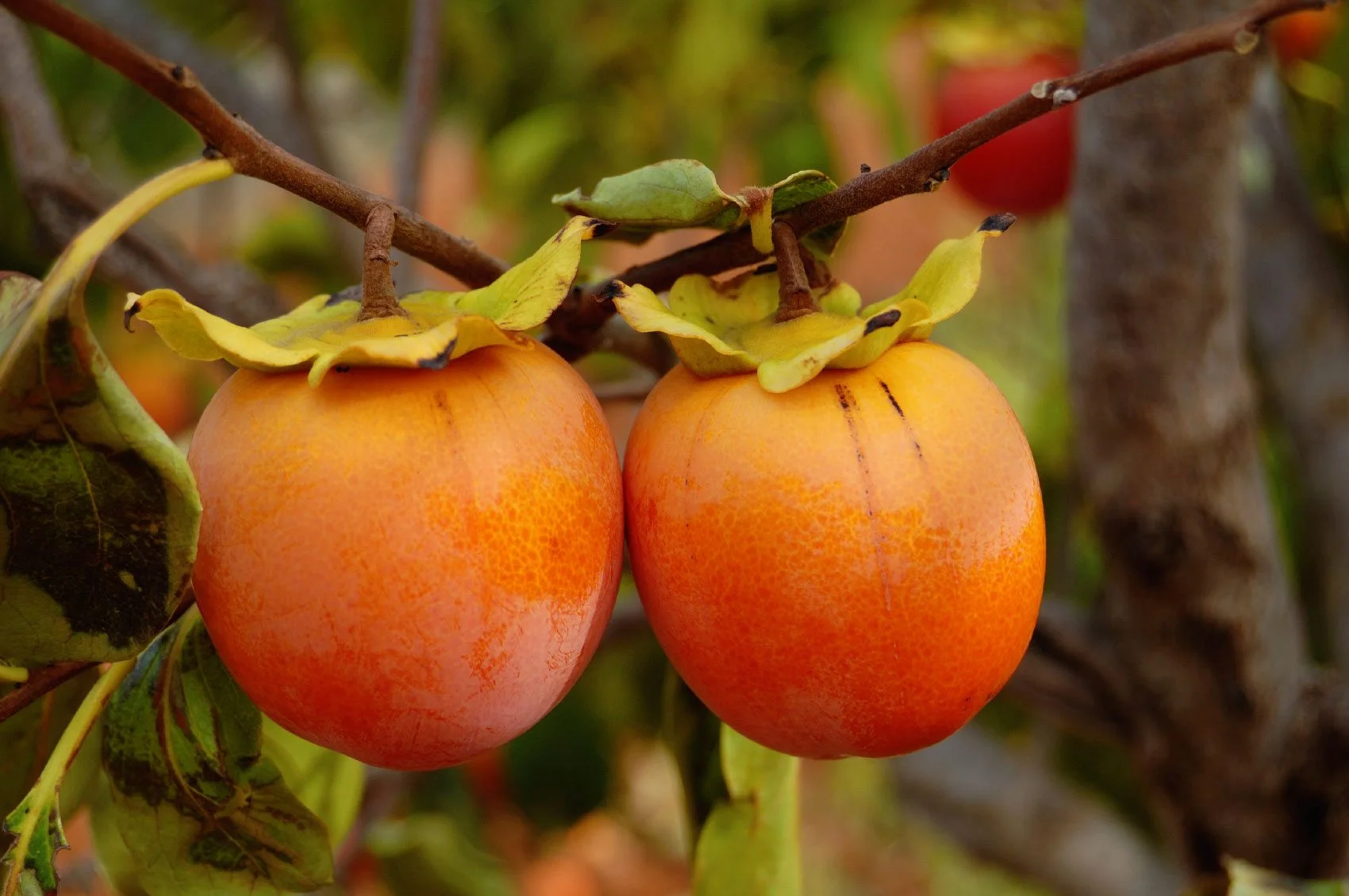
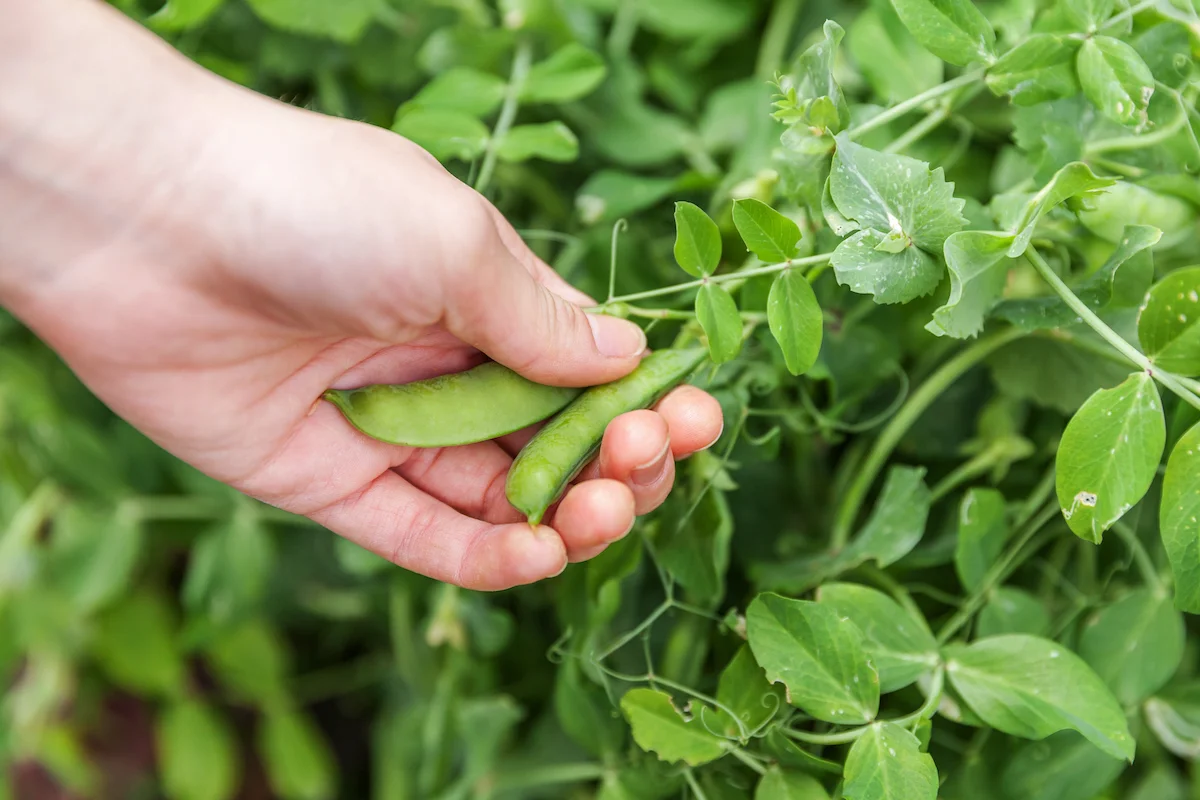
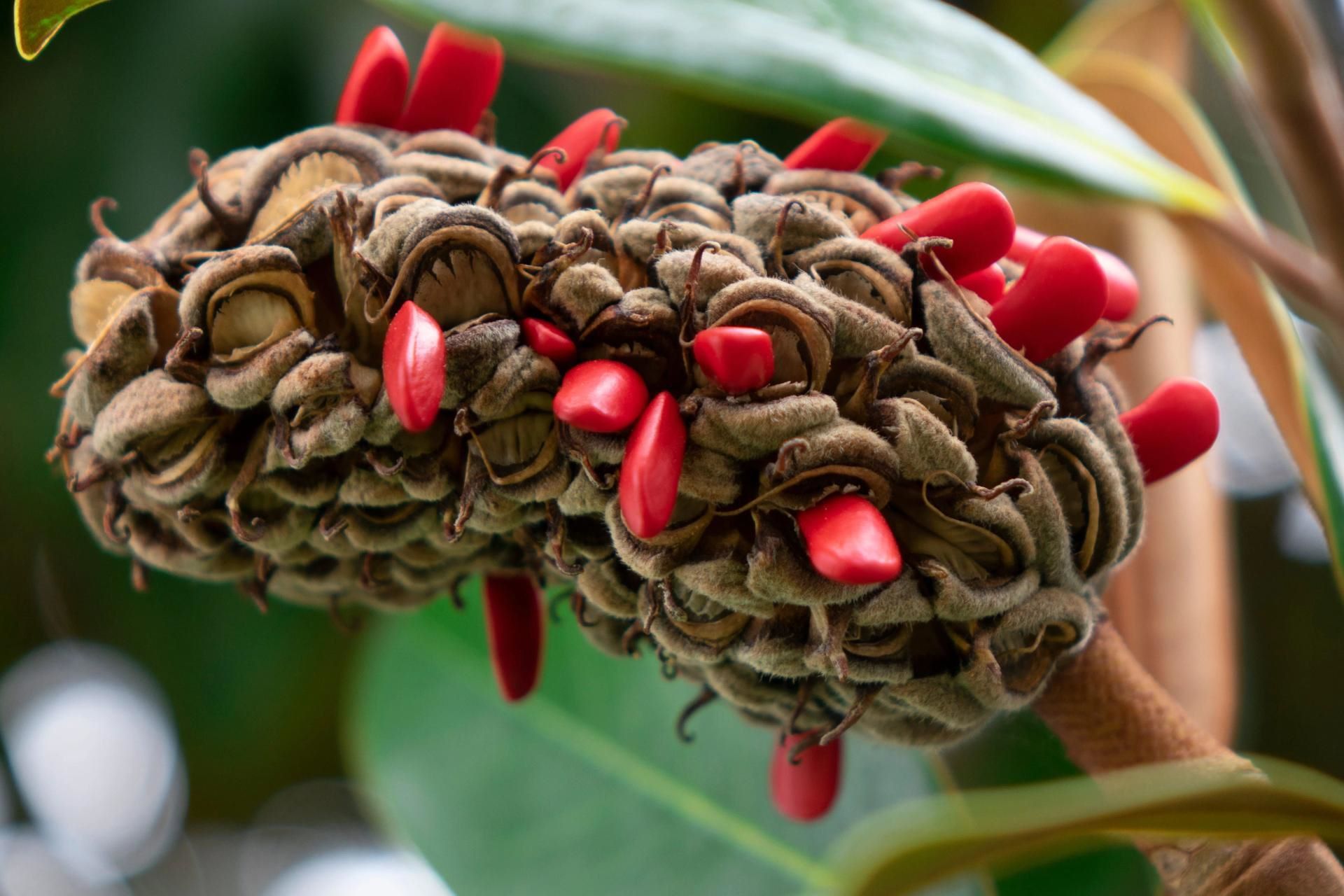
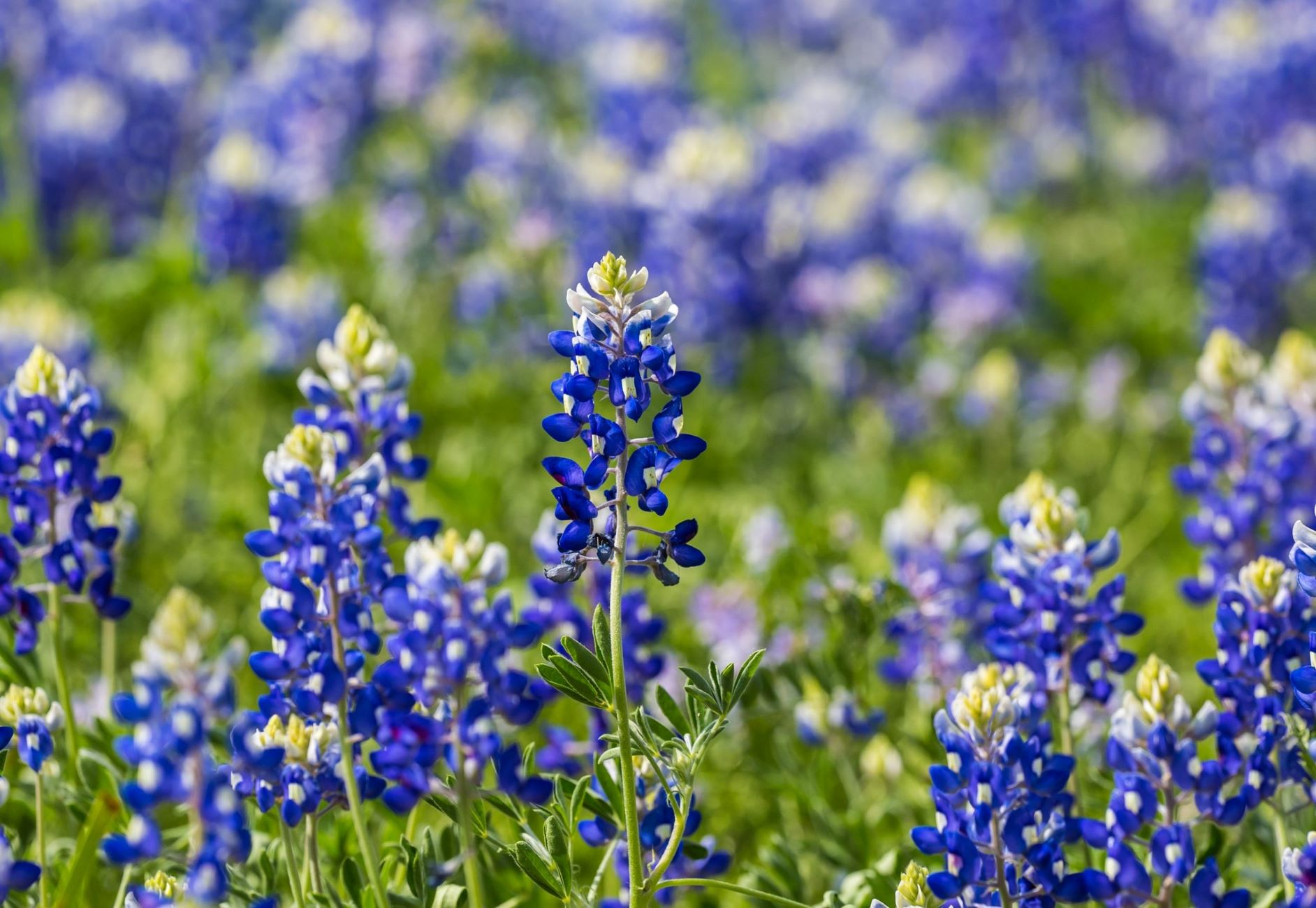
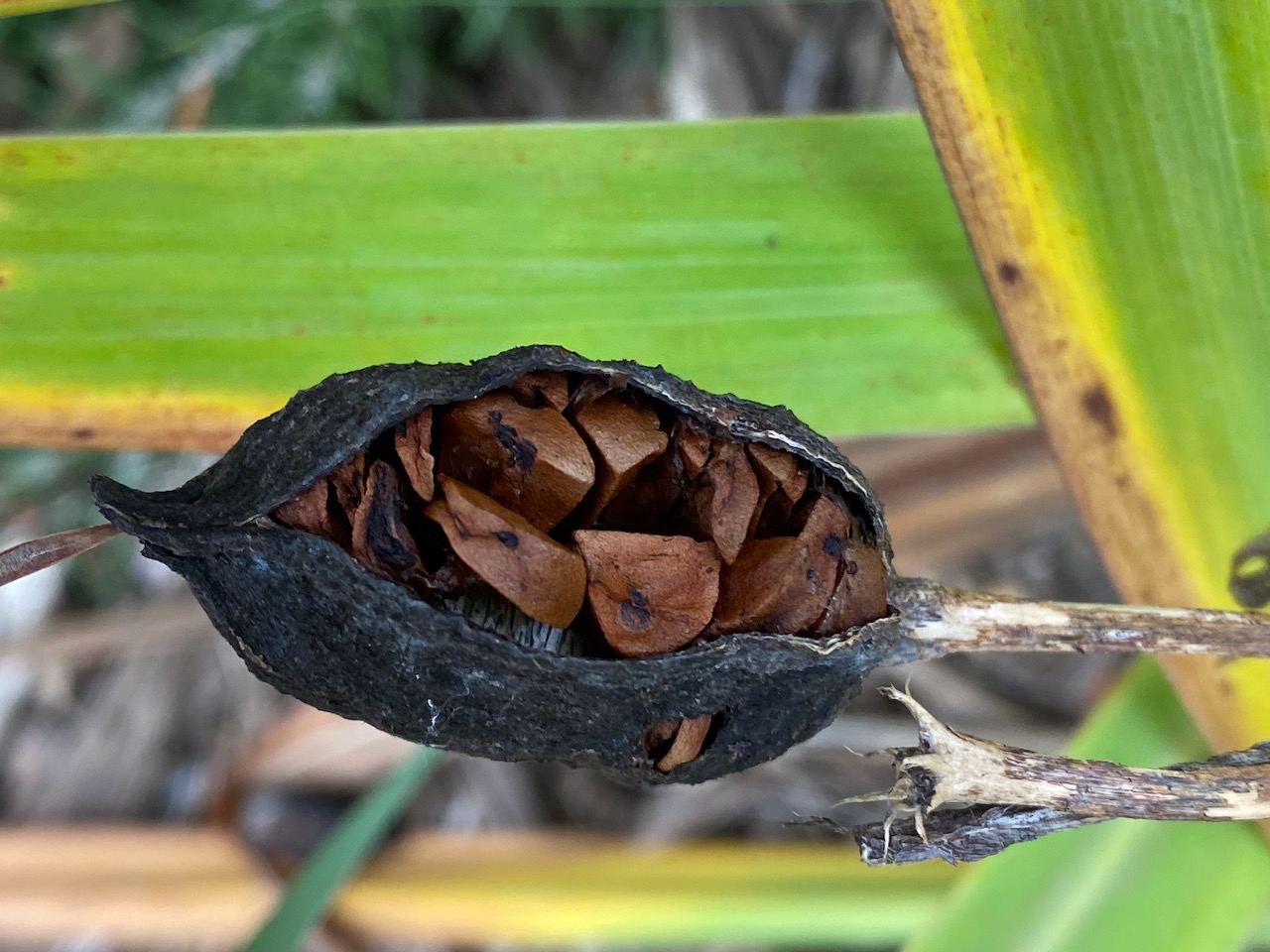
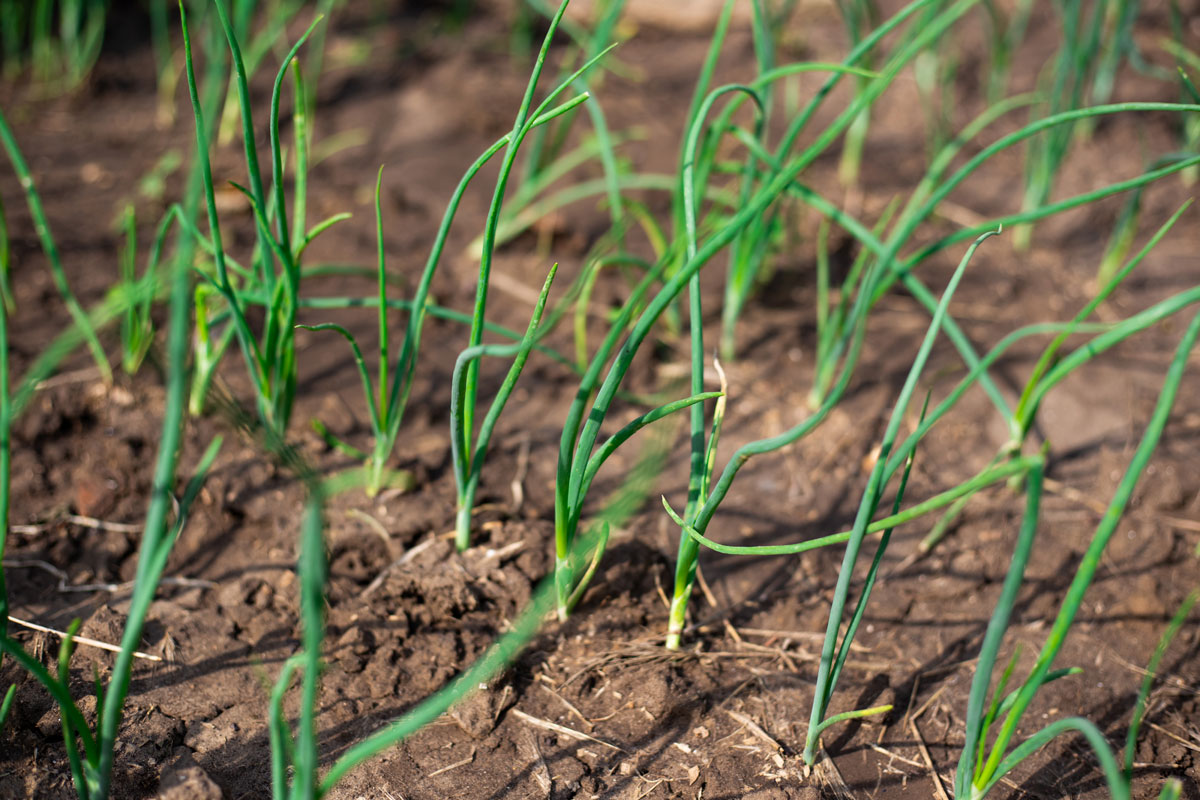

0 thoughts on “When To Plant Yarrow Seeds”